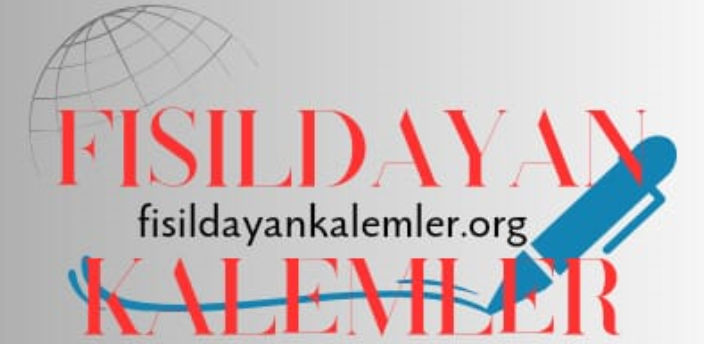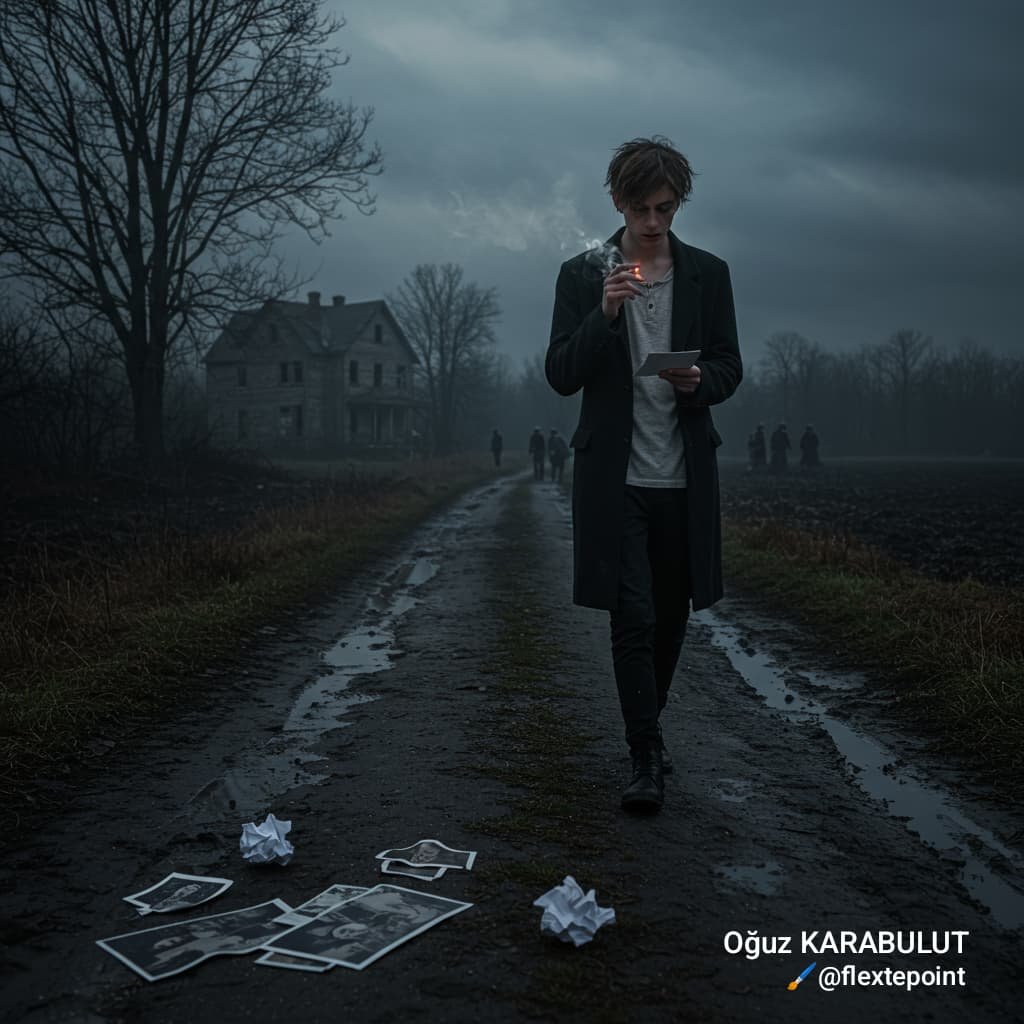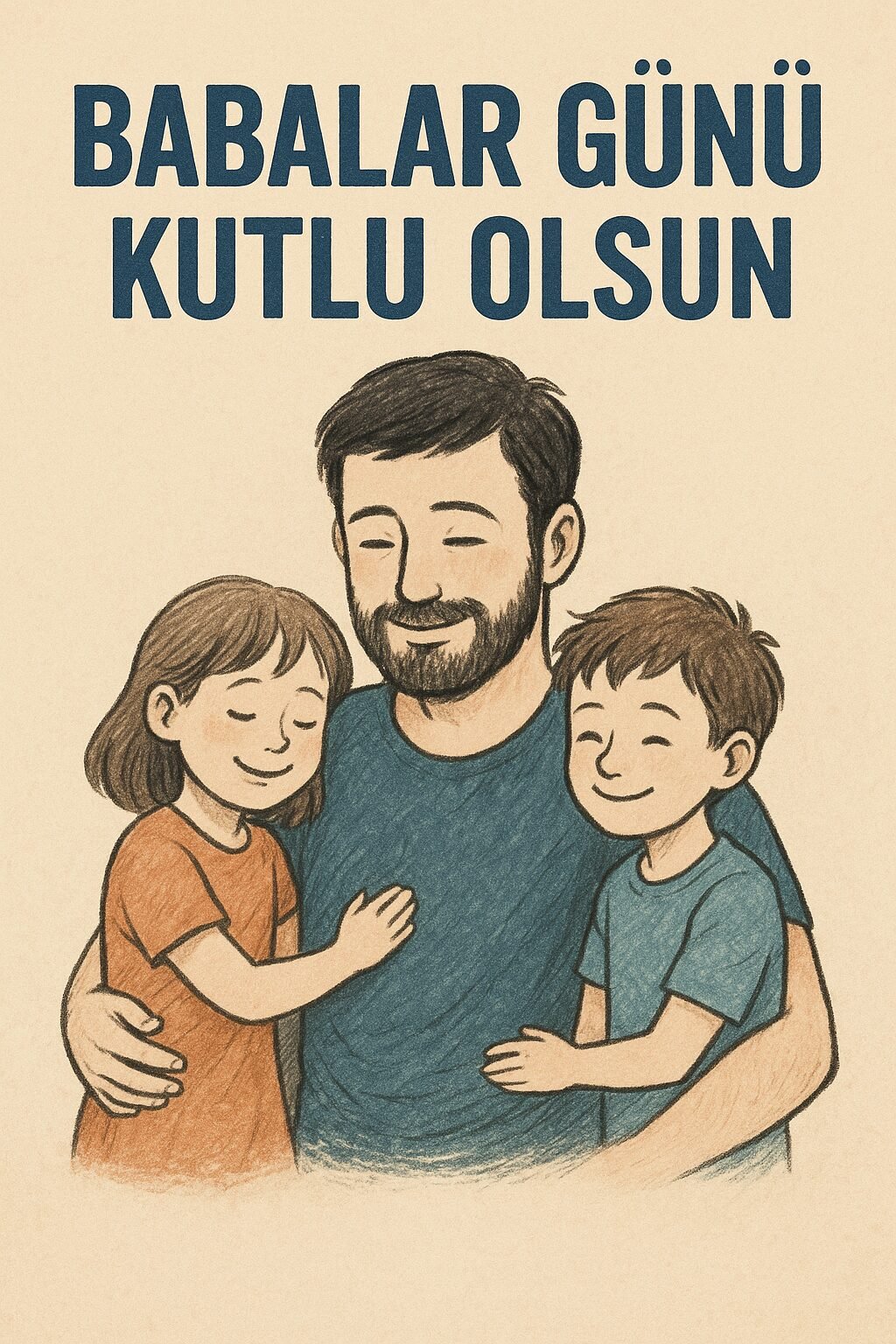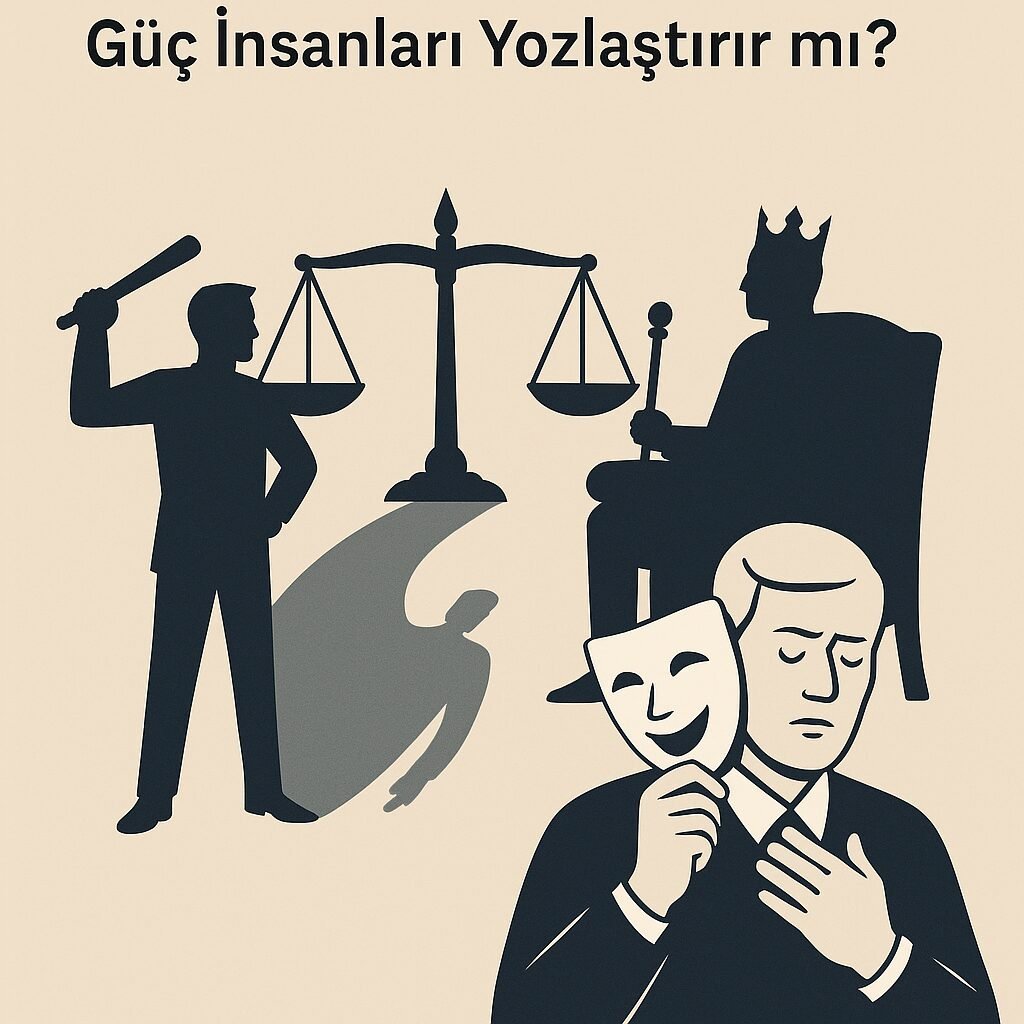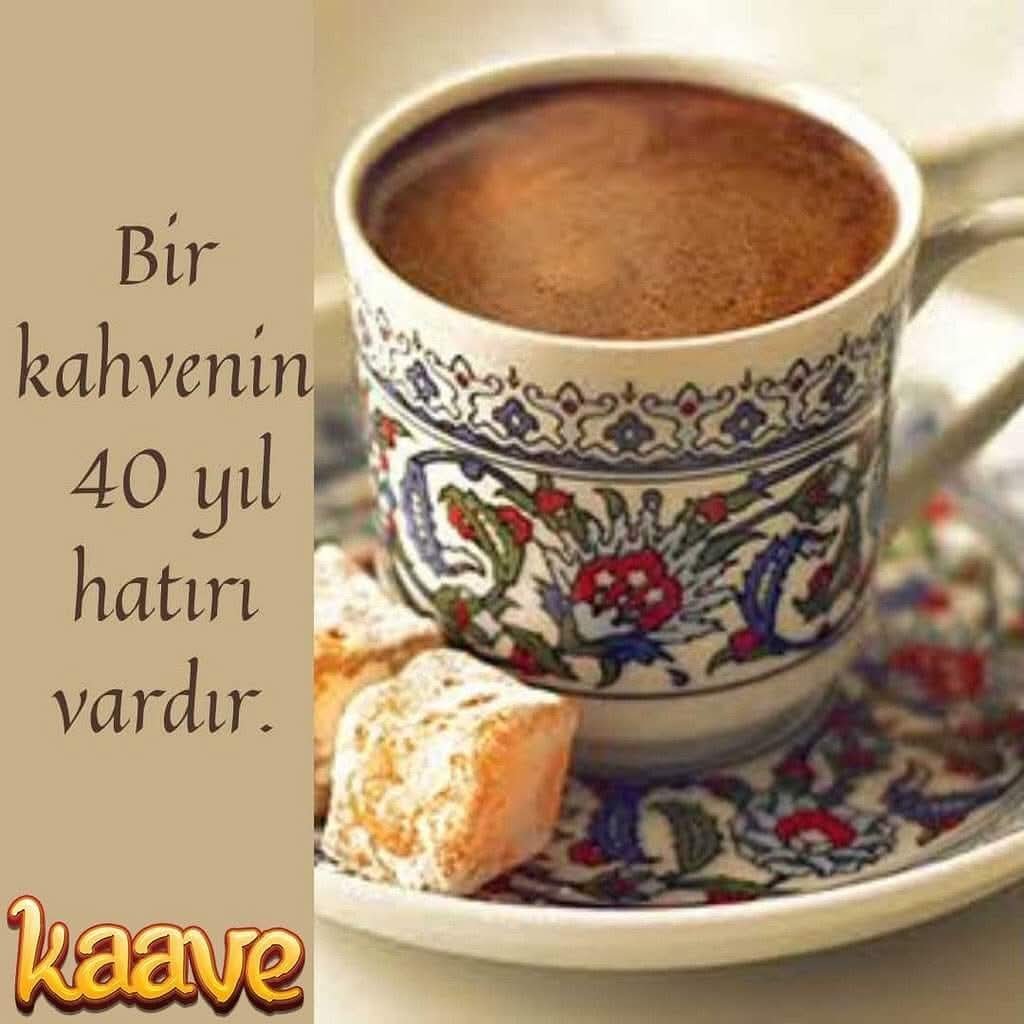Analysis of Orhan Pamuk’s “Yeni Hayat” in Terms of Metafiction and Self-Conscious Narrative
- Yazar: İbrahim ATİK
- 22 Temmuz 2024
- 180 kez okundu

Orhan Pamuk’un “Yeni Hayat” Kitabının Metafiksiyon ve Kendini Bilinçli Anlatı Yönünden İncelenmesi
Orhan Pamuk, günümüz Türk yazarlarından beni en çok cezbeden isimlerin başında gelir. Eserlerinde kullandığı postmodern teknikler mi onu bu denli cazip kılıyor, emin değilim. Pamuk’un metafiksiyon ve kendini bilinçli anlatı tekniklerini kullanarak hem anlatısal hem de yapısal olarak postmodern yolculuğuna geç de olsa “Yeni Hayat” adlı romanında ben de katıldım. Gelin, romanın bu iki temel özelliğine birlikte göz atalım.
Metafiksiyon nedir diye soracak olursanız, edebi bir eserin kendi kurgusal doğasına dikkat çektiği ve bunu bilinçli bir şekilde okuyucunun farkındalığına sunduğu bir anlatım tekniğidir, diyebilirim. Bu teknik; okuyucunun anlatının yapısına dair farkındalığını artırır ve genellikle hikaye ile gerçeklik arasındaki sınırları bulanıklaştırır.
“ Yeni Hayat”ta metafiksiyonun en belirgin unsurlarından biri, kitap içinde kitap motifidir. Osman adında bir üniversite öğrencisi, okuduğu bir kitabın etkisiyle hayatının köklü bir değişime uğramasını deneyimler. Osman’ın okuduğu ve hayatını değiştiren bu kitap, romanın merkezinde yer alır ve diğer karakterlerin de yaşamlarını derinden etkiler. Bu durum, okuyucunun da metnin kurgusal doğasının farkına varmasına yardımcı olur ve metin ile okuyucu arasındaki etkileşimi artırır.
Yeni Hayat”ta metafiksiyonun en belirgin unsurlarından biri, kitap içinde kitap motifidir. Osman adında bir üniversite öğrencisi, okuduğu bir kitabın etkisiyle hayatının köklü bir değişime uğramasını deneyimler. Osman’ın okuduğu ve hayatını değiştiren bu kitap, romanın merkezinde yer alır ve diğer karakterlerin de yaşamlarını derinden etkiler. Bu durum, okuyucunun da metnin kurgusal doğasının farkına varmasına yardımcı olur ve metin ile okuyucu arasındaki etkileşimi artırır.
Romanın ilk sayfalarından itibaren, Osman’ın okuduğu kitabın kendi hayatını ve romanın olay örgüsünü nasıl şekillendirdiğine tanık oluruz. Pamuk, okuyucuyu yalnızca Osman’ın hikayesine değil, aynı zamanda anlatının kendisine de dikkat çekerek metin ile gerçeklik arasındaki sınırları bulanıklaştırır.
Metafiksiyon, “Yeni Hayat”ta anlatının çok katmanlı bir yapıya sahip olmasını sağlar. Osman’ın yaşadıkları ve okuduğu kitabın içeriği birbirine paralel ilerler ve zaman zaman iç içe geçer. Bu durum, okuyucunun gerçeklik algısını zorlar ve romanın gerçekliği üzerine düşünmesine yol açar.
Orhan Pamuk’un bu romanında kullandığı teknikler sayesinde, okur olarak kendimizi yalnızca Osman’ın hikayesine değil, aynı zamanda anlatının kendisine de odaklanırken buluruz.
Kendini bilinçli anlatıdan bahsedecek olursak, bir metnin kendi varlığının farkında olması ve bu farkındalığı okuyucusuna hissettirmesi anlamına gelir, diyebiliriz. Bu teknik, yazarın ve okuyucunun metnin kurgusal doğasının bilincinde olmasını sağlar.
“Yeni Hayat”ta anlatıcının bilinçli farkındalığı, romanın temel unsurlarından biridir. Osman, okuduğu kitabın etkisiyle hayatını sorgulamaya başlar ve kendi varlığının farkına varır. Pamuk,  Osman’ın bu içsel yolculuğunu ve kitapla olan ilişkisini anlatırken, okuyucunun da bu süreçte aktif bir rol almasını sağlar.
Osman’ın bu içsel yolculuğunu ve kitapla olan ilişkisini anlatırken, okuyucunun da bu süreçte aktif bir rol almasını sağlar.
Roman, gerçeklik ile kurgu arasındaki ince çizgiyi sürekli olarak sorgular. Osman’ın yaşadıkları, okuduğu kitabın etkisiyle sürekli olarak gerçeklik ve fantezi arasında gidip gelir. Bu belirsizlik, okuyucunun da romanın gerçekliğini sorgulamasına ve farklı anlam katmanlarını keşfetmesine olanak tanır. Pamuk, bu teknikle okuyucusunu yalnızca bir hikayenin içine çekmekle kalmaz, aynı zamanda onu edebiyatın ve gerçekliğin doğası üzerine düşünmeye teşvik eder. Yeni Hayat”, bence; hem edebi hem de felsefi bir deneyim sunan ve postmodern edebiyatın en önemli örneklerinden biridir.
Kaleminizin mürekkebi, gönüllerinizdeki kitap aşkı kurumasın. Esenle kalın!
Analysis of Orhan Pamuk’s “Yeni Hayat” in Terms of Metafiction and Self-Conscious Narrative
Orhan Pamuk is one of the Turkish authors who captivates me the most. Is it the postmodern techniques he uses in his works that make him so appealing? I’m not sure. Nevertheless, I joined Pamuk’s postmodern journey, albeit late, in his novel “Yeni Hayat,” where he uses metafiction and self-conscious narrative techniques both narratively and structurally. Let’s take a closer look at these two fundamental features of the novel together.
If you ask what metafiction is, I can say that it is a narrative technique in which a literary work draws attention to its own fictional nature and consciously brings this to the reader’s awareness. This technique enhances the reader’s awareness of the narrative’s structure and often blurs the boundaries between story and reality.
One of the most prominent elements of metafiction in “Yeni Hayat” is the motif of a book within a book. Osman, a university student, experiences a profound change in his life due to the impact of a book he reads. This book that Osman reads and that changes his life is at the center of the novel and deeply affects not only Osman but also the lives of other characters. This helps the reader become aware of the fictional nature of the text and increases the interaction between the text and the reader.
From the first pages of the novel, we witness how the book Osman reads shapes his own life and the plot of the novel. Pamuk blurs the lines between the text and reality, drawing attention to the narrative itself alongside Osman’s story.
Metafiction ensures that the narrative in “Yeni Hayat” has a multi-layered structure. Osman’s experiences and the content of the book he reads run parallel to each other and occasionally intertwine. This challenges the reader’s perception of reality and prompts them to reflect on the novel’s authenticity.
Thanks to the techniques Pamuk uses in this novel, as readers, we find ourselves focusing not only on Osman’s story but also on the narrative itself.
When it comes to self-conscious narrative, it refers to a text being aware of its own existence and making the reader feel this awareness. This technique ensures that both the author and the reader are aware of the fictional nature of the text.
In “Yeni Hayat,” the narrator’s self-conscious awareness is a key element of the novel. Osman begins to question his life due to the book he reads and becomes aware of his own existence. Pamuk narrates Osman’s inner journey and his relationship with the book, allowing the reader to play an active role in this process.
The novel constantly questions the fine line between reality and fiction. Osman’s experiences oscillate between reality and fantasy due to the influence of the book he reads. This ambiguity allows the reader to question the novel’s reality and discover different layers of meaning.
Pamuk, in his works, not only draws the reader into a story but also encourages them to reflect on the nature of literature and reality. “Yeni Hayat,” in my opinion, offers both a literary and philosophical experience and is one of the most significant examples of postmodern literature.
May the ink of your pen and the love of books in your hearts never dry. Stay well!
Analyse von Orhan Pamuks “Yeni Hayat” in Bezug auf Metafiktion und selbstbewusste Erzählweise
Orhan Pamuk ist einer der türkischen Autoren, die mich am meisten fesseln. Sind es die postmodernen Techniken, die er in seinen Werken verwendet, die ihn so anziehend machen? Ich bin mir nicht sicher. Dennoch habe ich mich Pamuks postmoderner Reise, wenn auch spät, in seinem Roman “Yeni Hayat” angeschlossen, in dem er Metafiktion und selbstbewusste Erzähltechniken sowohl narrativ als auch strukturell verwendet. Lassen Sie uns diese beiden grundlegenden Merkmale des Romans gemeinsam genauer betrachten.
Wenn Sie fragen, was Metafiktion ist, kann ich sagen, dass es sich um eine Erzähltechnik handelt, bei der ein literarisches Werk auf seine eigene fiktionale Natur aufmerksam macht und dies bewusst in das Bewusstsein des Lesers rückt. Diese Technik erhöht das Bewusstsein des Lesers für die Struktur der Erzählung und verwischt oft die Grenzen zwischen Geschichte und Realität.
Eines der auffälligsten Elemente der Metafiktion in “Yeni Hayat” ist das Motiv des Buches im Buch. Osman, ein Universitätsstudent, erlebt aufgrund der Wirkung eines Buches, das er liest, eine tiefgreifende Veränderung in seinem Leben. Dieses Buch, das Osman liest und das sein Leben verändert, steht im Zentrum des Romans und beeinflusst nicht nur Osman, sondern auch das Leben anderer Charaktere tiefgreifend. Dies hilft dem Leser, sich der fiktionalen Natur des Textes bewusst zu werden und erhöht die Interaktion zwischen Text und Leser.
Von den ersten Seiten des Romans an erleben wir, wie das Buch, das Osman liest, sein eigenes Leben und die Handlung des Romans formt. Pamuk verwischt die Grenzen zwischen Text und Realität und lenkt die Aufmerksamkeit sowohl auf die Erzählung selbst als auch auf Osmans Geschichte.
Metafiktion sorgt dafür, dass die Erzählung in “Yeni Hayat” eine vielschichtige Struktur hat. Osmans Erfahrungen und der Inhalt des Buches, das er liest, verlaufen parallel und verweben sich gelegentlich. Dies fordert die Wahrnehmung des Lesers heraus und veranlasst ihn, über die Authentizität des Romans nachzudenken.
Dank der Techniken, die Pamuk in diesem Roman verwendet, finden wir uns als Leser nicht nur auf Osmans Geschichte, sondern auch auf die Erzählung selbst konzentriert.
Wenn es um selbstbewusste Erzählweise geht, bezieht sich dies auf einen Text, der sich seiner eigenen Existenz bewusst ist und dem Leser dieses Bewusstsein vermittelt. Diese Technik stellt sicher, dass sowohl der Autor als auch der Leser sich der fiktionalen Natur des Textes bewusst sind.
In “Yeni Hayat” ist das selbstbewusste Bewusstsein des Erzählers ein Schlüsselelement des Romans. Osman beginnt, sein Leben aufgrund des Buches, das er liest, zu hinterfragen und wird sich seiner eigenen Existenz bewusst. Pamuk erzählt Osmans innere Reise und seine Beziehung zu dem Buch, sodass der Leser in diesem Prozess eine aktive Rolle spielen kann.
Der Roman stellt ständig die feine Linie zwischen Realität und Fiktion in Frage. Osmans Erfahrungen schwanken aufgrund der Wirkung des Buches, das er liest, zwischen Realität und Fantasie. Diese Mehrdeutigkeit ermöglicht es dem Leser, die Realität des Romans in Frage zu stellen und verschiedene Bedeutungsebenen zu entdecken.
Pamuk zieht in seinen Werken den Leser nicht nur in eine Geschichte hinein, sondern ermutigt ihn auch, über die Natur der Literatur und der Realität nachzudenken. “Yeni Hayat” bietet meiner Meinung nach sowohl ein literarisches als auch ein philosophisches Erlebnis und ist eines der bedeutendsten Beispiele der postmodernen Literatur.
Möge die Tinte Ihres Stifts und die Liebe zu Büchern in Ihrem Herzen niemals austrocknen. Bleibt gesund!
Yazar:İbrahim ATİK
Genel Yayın Yönetmeni : Elif Ünal YILDIZ
Editör : Hakan DİNÇAY
Yazarın Diğer Yazılarını Görmek İçin Tıklayınız.
